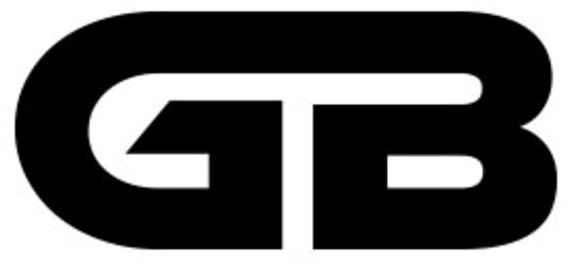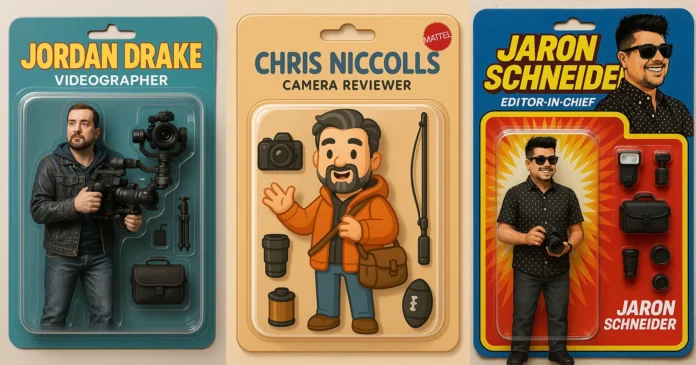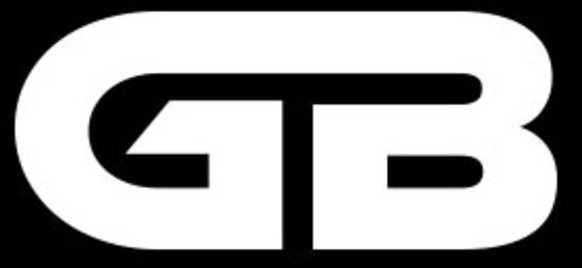Introduction
Artificial intelligence continues to push creative boundaries, offering users new ways to reimagine themselves and their surroundings. Following the viral trend of AI-generated Ghibli-style images, OpenAI’s ChatGPT has introduced another whimsical transformation: turning users into dolls. This latest feature allows people to upload photos and receive AI-generated doll versions of themselves, sparking excitement across social media platforms.
But how does this technology work? What are its implications for digital identity, art, and privacy? And why are people so fascinated by these AI-powered transformations? This article explores the rise of AI-generated doll avatars, the technology behind them, and their cultural impact.
The Evolution of AI-Generated Art: From Ghibli to Dolls
1. The Ghibli-Style AI Trend
Before the doll trend took off, AI-generated images in the style of Studio Ghibli films became a massive hit. Users uploaded portraits and received dreamy, painterly renditions reminiscent of Spirited Away or My Neighbor Totoro. These images were created using advanced diffusion models like DALL·E, Stable Diffusion, and MidJourney, fine-tuned to mimic Hayao Miyazaki’s iconic aesthetic.
The Ghibli trend showcased AI’s ability to reinterpret reality through the lens of beloved art styles, making digital art more accessible to non-artists.
2. The Rise of AI-Generated Doll Avatars
Now, ChatGPT (and other AI tools) has taken personalization a step further by transforming users into lifelike dolls. These AI-generated dolls maintain facial features, expressions, and even clothing styles but with a stylized, toy-like appearance. The results range from cute and cartoonish to eerily realistic, depending on the AI model used.
Platforms like Lensa, Dawn AI, and now ChatGPT’s image generation capabilities have made it possible for anyone to create a digital doll version of themselves in seconds.
How Does AI Turn Photos Into Dolls?
The process involves a combination of machine learning techniques:
1. Image Recognition & Feature Mapping
AI analyzes facial features—eyes, nose, mouth, and bone structure—and maps them onto a doll-like template. Advanced models can even preserve unique details like freckles, hairstyles, and accessories.
2. Style Transfer & Rendering
Using generative adversarial networks (GANs) or diffusion models, the AI applies a “doll” aesthetic, smoothing skin, enlarging eyes, and adjusting proportions to mimic traditional doll designs (e.g., porcelain, ragdoll, or anime-style figures).
3. Customization & User Input
Some platforms allow users to refine their doll avatars by selecting styles (e.g., vintage, fantasy, or modern) or adjusting features for a more personalized result.
Why Are People Obsessed With AI Doll Avatars?
1. Nostalgia and Playfulness
Dolls evoke childhood memories, and transforming into one taps into a sense of whimsy and nostalgia. People enjoy seeing themselves reimagined in a playful, idealized form.
2. Social Media Trends & Virality
Just like the Ghibli trend, doll transformations are highly shareable. Platforms like TikTok and Instagram thrive on visually engaging content, and AI-generated avatars fit perfectly.
3. Digital Identity Exploration
AI-generated dolls allow users to experiment with different versions of themselves—fantasy, cute, or surreal—without permanent changes. It’s a form of digital dress-up.
4. Accessibility of AI Art
Previously, creating stylized portraits required artistic skill or commissions. Now, anyone can generate professional-looking doll avatars with a single click.
Potential Concerns and Ethical Considerations
While AI-generated dolls are fun, they also raise important questions:
1. Privacy and Data Security
When users upload personal photos to AI platforms, where is that data stored? Could it be used for training other models without consent? Companies must ensure transparent data policies.
2. Deepfake and Misuse Risks
If AI can perfectly stylize a face into a doll, could the same technology be used to create misleading deepfakes? Safeguards are needed to prevent misuse.
3. Unrealistic Beauty Standards
Doll-like features (flawless skin, exaggerated eyes) may reinforce unrealistic beauty ideals, particularly among younger users.
4. Impact on Human Artists
As AI automates stylized portraits, some digital artists may face reduced demand for commissions. However, others argue that AI can serve as a collaborative tool rather than a replacement.
The Future of AI-Generated Avatars
As AI improves, we can expect even more sophisticated personalization:
- 3D Dolls & Animation: Future tools may allow users to animate their AI dolls for videos or virtual worlds.
- AR Integration: Imagine seeing your doll avatar in augmented reality through apps like Snapchat or Meta.
- Custom Merchandise: Companies might offer 3D-printed figurines based on AI-generated doll designs.
Conclusion
From Ghibli-style artwork to doll transformations, AI is reshaping how we see and reinvent ourselves digitally. While the trend is undeniably entertaining, it also highlights the need for responsible AI use—balancing creativity with privacy and ethical considerations.
As technology evolves, so will the ways we interact with it. Whether used for fun, art, or self-expression, AI-generated avatars are here to stay, offering a fascinating glimpse into the future of digital identity.


